Subaru’s recent sporty model naming might leave you scratching your head, and it’s understandable. The WRX is a well-known entity in the automotive world, and while the mention of the S-T-I acronym can evoke nostalgia among dedicated fans, newer trims like GT, TR, and tS are still carving out their reputations in the performance vehicle arena.
The WRX TR was introduced last year, blending upscale features from the WRX GT while incorporating a six-speed manual transmission, previously exclusive to the more basic WRX variants. With a bit of a stiffer suspension and improved tires, the TR offered a solid performance boost. However, it felt more like a reconfiguration of options rather than a standout model on its own.
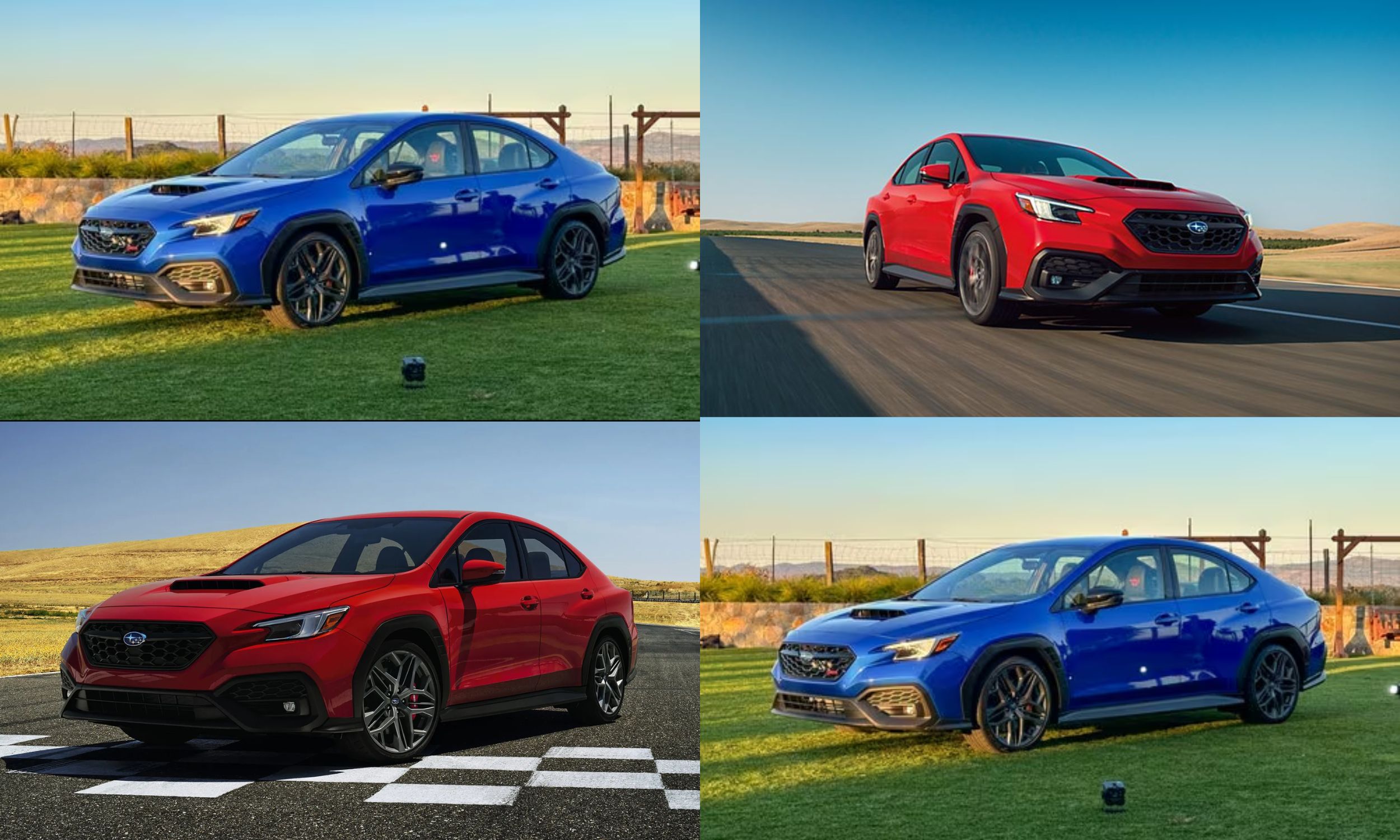
Now, Subaru has introduced another version of the WRX—the tS, which stands for “Tuned by STI.” Despite the small ‘T’ hinting at minimal tuning compared to the classic STI models, this variant brings meaningful improvements that distinguish it from the base WRX, enhancing its overall appeal and memorability.
What sets the tS apart from the standard WRX? It comes equipped with adaptive dampers specifically tuned by STI, thus justifying its name. Similar to the TR, it features six-piston front and two-piston rear brakes, but the calipers are finished in gold, reminiscent of STI’s classic styling. Additionally, the tS introduces a customizable digital gauge cluster to the WRX lineup for the first time.
Beyond a few aesthetic tweaks and new badges, the tS does not include any engine enhancements. The vehicle retains the same 2.4-liter flat-four engine, generating 271 horsepower and 258 pound-feet of torque, paired with the familiar six-speed manual transmission and identical differentials found in other WRX models.
This version of the WRX continues to utilize a viscous center differential, a straightforward yet effective mechanism that maintains a 50:50 torque distribution between the front and rear wheels.
Power distribution is facilitated through front and rear differentials. Although this trio of differentials may not appear impressive on paper, dynamic braking on all four wheels helps manage excessive wheel slip. Engaging in prolonged, low-grip racing—akin to what made the WRX famous—could potentially overheat the brakes, but on dry roads and tracks, the system performs admirably.
Subaru’s brake vectoring system further enhances the tS’s agility, allowing the WRX to feel surprisingly responsive during trail braking through corners. Even when passing trackside curbing that lightens the inside tires, the power delivery remains smooth and reliable.
However, many of these characteristics are also present in the base WRX. The primary difference lies in the suspension, which has undergone serious upgrades. The tS features a new set of adaptive dampers with three distinct settings: Comfort, Normal, and Sport.
These settings integrate into five available drive modes: Comfort, Normal, Sport, Sport Plus, and Individual. As you cycle through these modes, the suspension becomes firmer, the throttle response sharper, and the steering more precise. Even Subaru’s EyeSight system becomes more aggressive, offering enhanced adaptive cruise control, even with a manual transmission.
While none of these features are groundbreaking, they transform the driving experience in a way I haven’t encountered before in a Subaru. In Comfort mode, the ride remains firm yet provides impressive compliance, allowing the tS to handle winding, uneven roads in Northern California with ease.
Switching to the stiffest setting reveals the suspension’s capabilities as the bumps become more pronounced in the cabin. However, as I gained confidence and speed, the suspension excelled, maintaining stability even when I encountered unexpected bumps that momentarily lifted the car off the ground.
On the smooth, freshly paved Sonoma Raceway, the WRX tS maintained its composure through numerous corners, even with the understeer characteristic of the model. The car was exhilarating to maneuver through turns, showing agility and control even when passing challenging sections.
The six-speed manual transmission is predictably enjoyable, providing a familiar feel for anyone accustomed to Subaru’s gearboxes over the past two decades. Subaru has fine-tuned this transmission to the point where it ranks among my favorite manual setups available today.
However, there are elements that fall short of my expectations. In response to feedback regarding the WRX’s steering feel, Subaru adjusted the tS to have reduced steering assist. The outcome is a steering wheel that, while lacking in feedback, is now more difficult to turn. Fortunately, when customizing your drive mode, it’s possible to keep the steering feel set to Comfort.
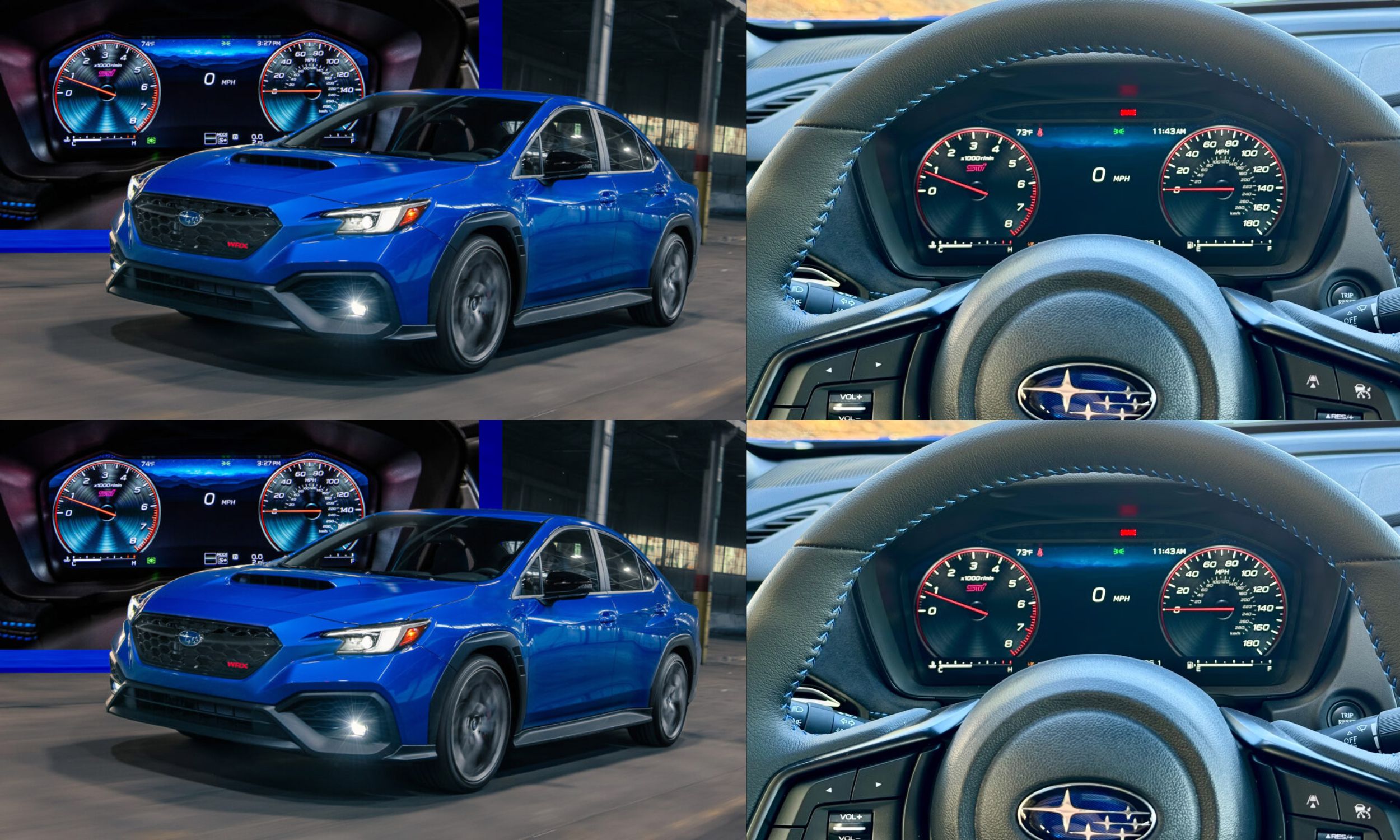
The power delivery from the 2.4-liter engine still experiences some lag, requiring patience to reach its peak boost of 12 psi. Although the sharper throttle response in the tS provides some improvement, it still demands early acceleration to align with cornering.
On rough roads, noticeable road noise can be distracting, but the WRX tS performs admirably on smoother surfaces, offering a quiet ride. At highway speeds, it avoids the annoying wind noise characteristic of earlier STI models, known for their oversized wings and scoops.
Inside the cabin, the engine operates quietly, perhaps a bit too quietly. The exhaust offers a pleasant tone outside the car but lacks presence within the cabin, leading to missed shifts and encounters with the rev limiter during track sessions.
Despite its aggressive appearance, the bolstered seats are surprisingly comfortable. However, the excessive blue accents feel overwhelming on a blue car, and the faux carbon fiber on the door panels gives off a cheap impression. Nonetheless, the interior features a well-appointed design with thoughtful touches that distinguish it from the standard WRX.
You don’t need pink cherry blossom logos or a special start button to appreciate the upgrades; a drive on a challenging road will suffice.
While it may not match the STI or previous special editions like the S209 or Type RA, the tS represents the first trim of the VB WRX that feels truly enjoyable to drive. Although it can’t compete with the engaging nature of a Toyota GR Corolla, the tS offers superior comfort and practicality for everyday use. It’s nice to have options.
The lingering question is how much Subaru will price this model. The WRX TR starts at $41,655, and while the exact MSRP for the tS is still unknown, it’s expected to be higher. This raises eyebrows, especially since the base WRX begins at $32,735, while the last STI retailed for $37,245 back in 2021. Of course, inflation complicates matters.
When I purchased the first WRX available in the United States back in 2002, it had an MSRP of around $24,000. Adjusting for inflation, that equates to roughly $43,000 today, a range close to where the tS may land. Given the substantial enhancements over the basic 2002 model, the tS feels like a solid deal.







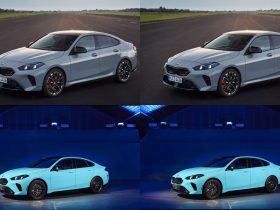












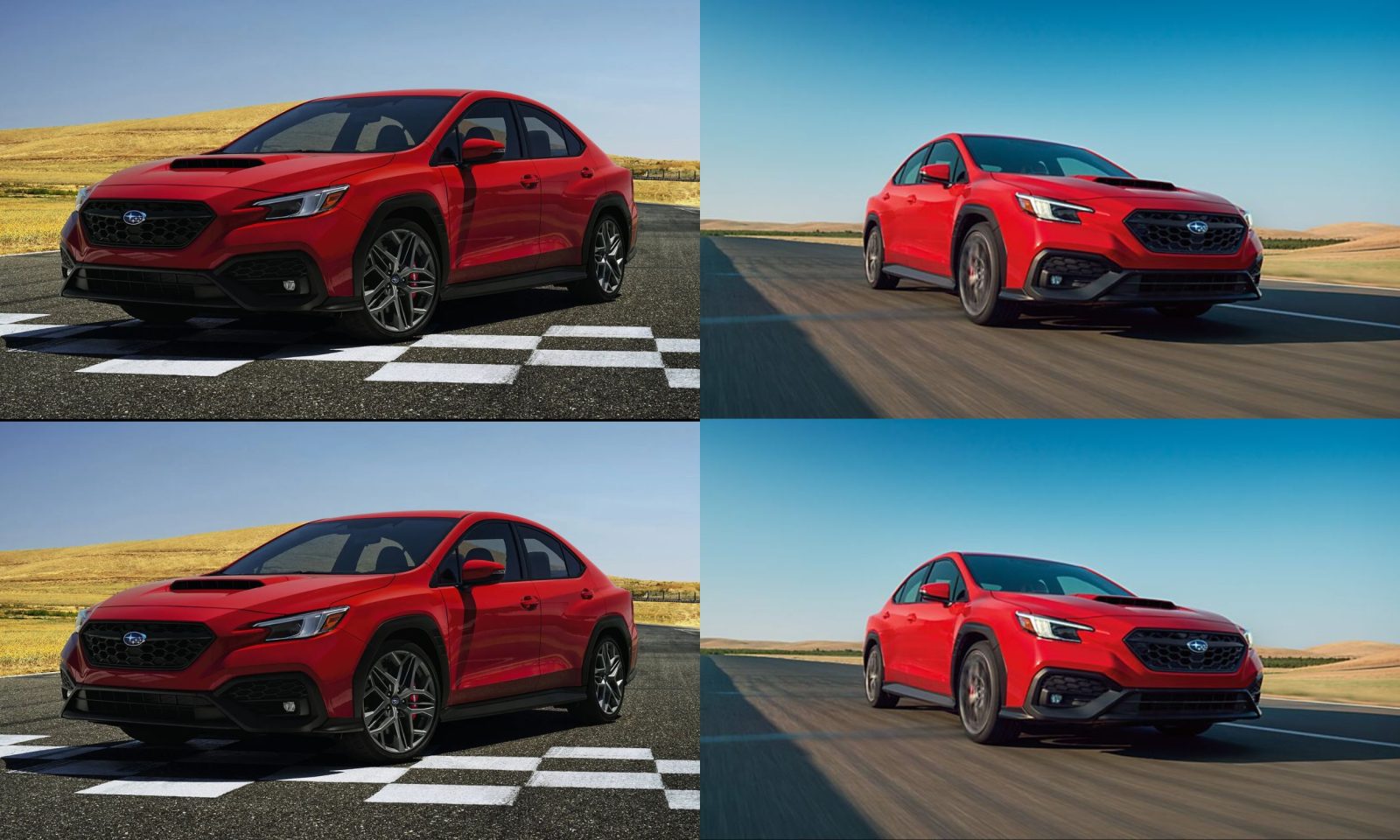

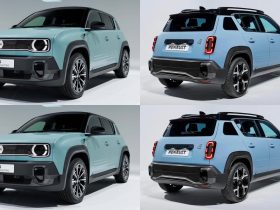

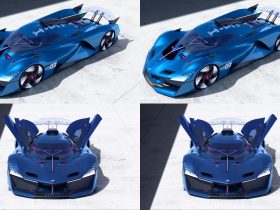



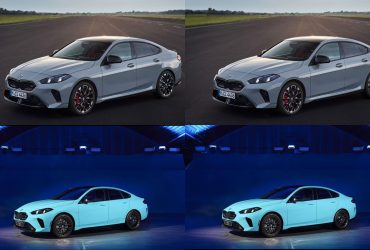



Leave a Reply